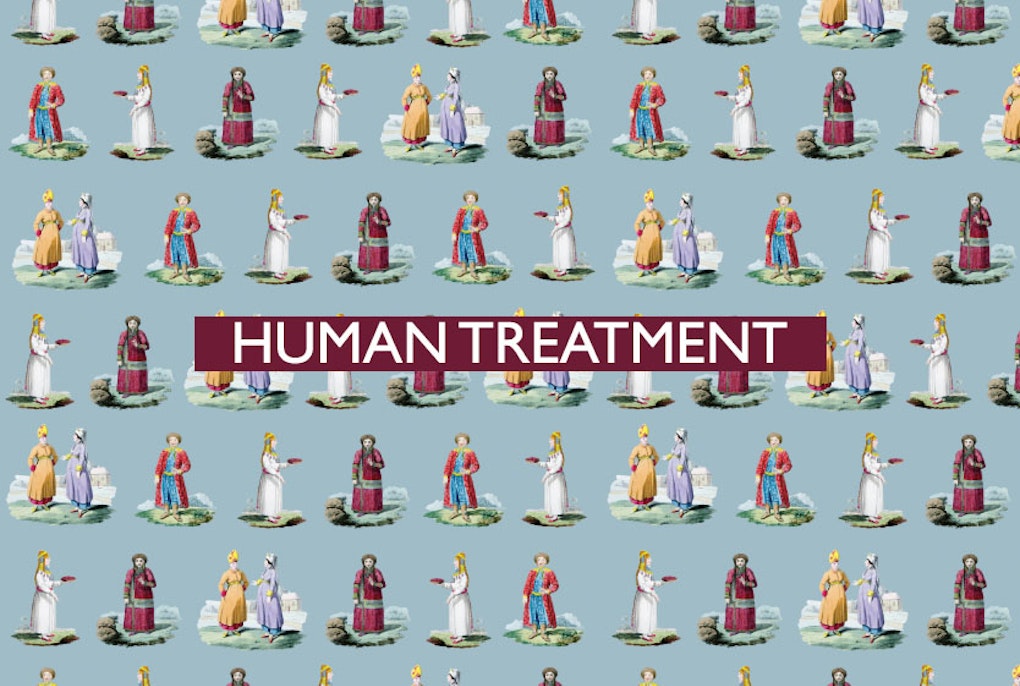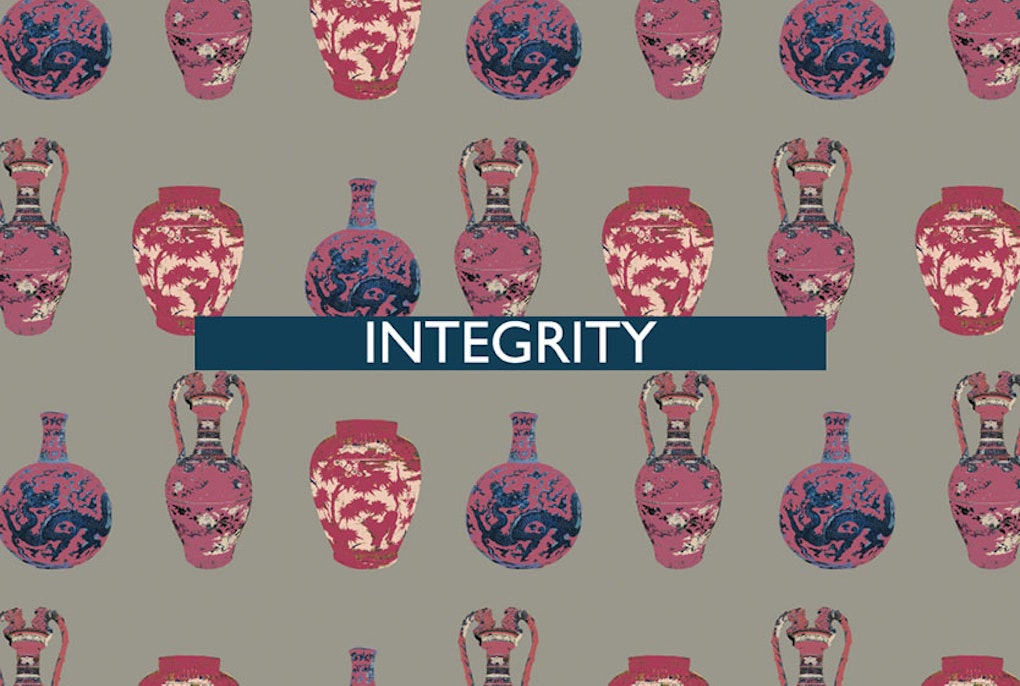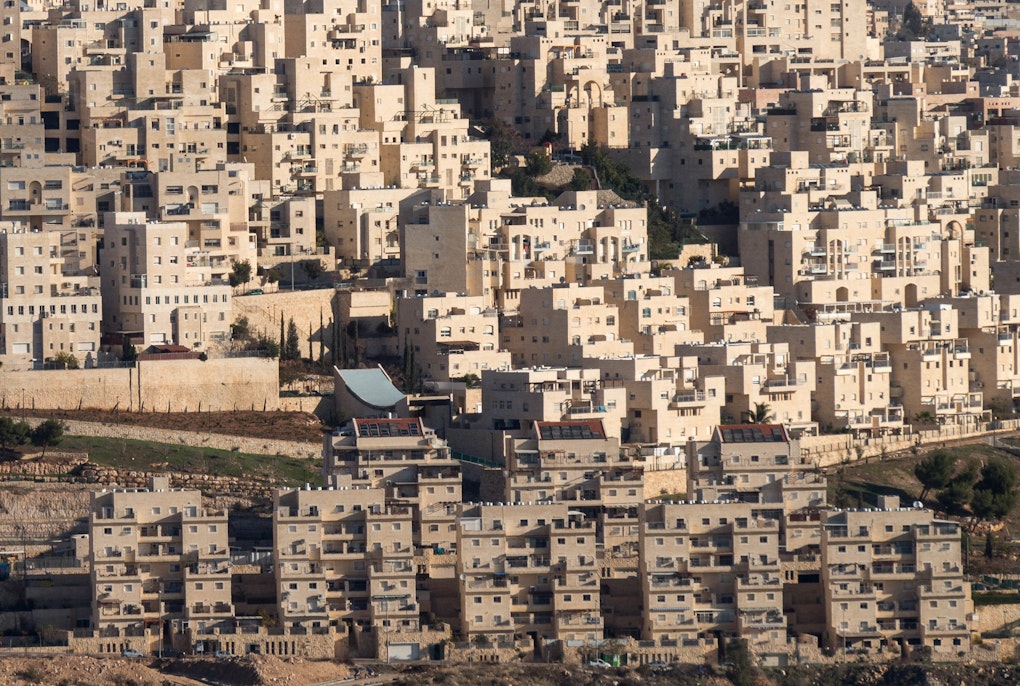
The 4th of all EU-r rights: human treatment and how the Charter contributes
 Gabriel Toggenburg
Gabriel Toggenburg
In the era of digital media, the spread of fake news and hate speech poses a serious threat to democracy, human rights and social cohesion. These phenomena can manipulate public opinion and polarize society, eroding trust in institutions and harming public sector organizations. But what do we mean by fake news and hate speech? The Council of Europe Committee of Ministers defines hate speech as “[…] all types of expression that incite, promote, spread or justify violence, hatred or discrimination against a person or group of persons, or that denigrates them, by reason of their real or attributed personal characteristics or status such as “race”, colour, language, religion, nationality, national or ethnic origin, age, disability, sex, gender identity and sexual orientation”.1 Fake news, on the other hand, has no official definition, but it is generally understood as verifiable false information that is disseminated with malign intent. This phenomenon may also include false information that is spread bona fide or verifiably true information that is distorted or exaggerated.
A European research project, supported by the Congress of Local and Regional Authorities of the Council of Europe, involved a group of academic institutions to study the impact of hate speech and fake news on local and regional governance. After sending a questionnaire to the congress delegates and publishing the book “Counterfake - A scientific basis for a policy fighting fake news and hate speech“, they surveyed politicians and local administrators from Germany, Austria, Italy, Romania, Moldova, Hungary and Slovakia about their views and experiences. In summer 2023, the Eurac Research Institute for Public Management helped to distribute the questionnaire among political and administrative actors in Trentino-South Tyrol, and received 249 responses, 64,3% in German and 35,7% in Italian. The most represented groups were administrative members such as provincial executive members and local politicians who included members of both the municipal and regional councils (Figure 1).
More than half of the respondents worked at the municipal level, mostly in local authorities of about 2,001 to 5,000 inhabitants. About a quarter of the responses came from provincial and regional administrations. The respondents’ age groups reflected the average age of public sector employees in Trentino and South Tyrol, with 48,6% being over 50 years old and 47% being between 30 and 50 years old. Only 4% of the respondents were under 30. The gender distribution was fairly balanced, however with a difference between the levels of administration. Men were more prevalent at the municipal level (58,9%) and women at the provincial/regional (63,4%).
The data shows that hate speech is rare for political and administrative actors in Trentino-South Tyrol, as more than 80% of them have never or only rarely witnessed it personally or indirectly (i.e., through other members of their institution) However, there are some notable patterns and groups that are more likely to be targeted. These observations were made by the respondents who had experienced it occasionally. Firstly, hate speech is more prevalent in the real world than in the digital one: most common forms of hate speech are personal insults and libel. This was followed by personal insults presented in the media. Secondly, women have had more experience encountering hate speech than man (48% vs 43%). Local politicians are more likely to face hate speech than administrative members (53,1% vs 42,5%), either personally or through other councilors in their organization. Also, 40,7% of the local politicians claim that their institutions have been victim to hate speech. Furthermore, the level of government seems to matter: 56,7% of the respondents from the municipal level have experienced hate speech personally, compared to 42,2% at the provincial/regional level (Figure 2).
Fake news is more common than hate speech, but it is not prevalent in Trentino-South Tyrol, as only 55% of the respondents encounter it occasionally. Both men and women are exposed to fake news, and there is no significant difference between genders perception, both report occasional personal experiences with fake news. To that, 10,2% of the women defined their personal experience of witnessing fake news being frequent, compared to 2,5% for men. Conversely, 9,1% of male respondents underline that members of their municipal administration experienced fake news frequently, compared to 3,1% of female respondents. The level of government also matters: respondents from the municipal level witness fake news more often than those from the provincial and regional levels, respectively 62,4% and 45%. Local politicians are more affected by fake news than administrative members (72,3% vs 58,9%). Moreover, almost two thirds of local politicians state that fake news is sometimes experienced by the members of the municipal council. Looking at the motives behind fake news, most of the interviewees associate the willingness to influence either decision making or elections as one of the main goals of fake news (Figure 3). These events are more frequent in local authorities than in the provinces or the region. Respondents also point out the connection between the two phenomena: fake news sometimes appears as part of hate speech.
How can we explain and address these two potentially disruptive events? According to more than three quarters of the respondents, hate speech and fake news are more likely to occur when people distrust the government and when the government keeps its actions secret and hidden. Therefore, the government itself could play a crucial role in counteracting the deliberate and organized creation of these two phenomena. First, by enhancing transparency and accountability, a more open government could contribute to the reduction of both phenomena. Second, concrete and practical measures, such as identifying the authors of offensive content, uploading filters, requiring clear names on social media or blocking IP addresses of offensive posts, are also considered by both local politicians and administrative staff as technically and legally feasible and appropriate actions against fake news and hate speech (Figure 4).
Moreover, political measures within their own institutions, as well as open data and transparency of political decision making, better communication of the decisions, more citizen involvement and more online and offline interaction with the citizens, are also crucial to counter the spread of disinformation and hate crime. Conversely, increasing institutional social media activity does not seem to be appropriate, either at the regional or the municipal level, respectively 48,2% and 42,5%. Counteracting fake or offensive information in the social media is commonly suggested to public authorities as a good practice. Certain measures commonly suggested include responding to posts and comments with reliable data and facts, reporting the issue to social networks or – if necessary – taking legal action against the user.2 To effectively combat hate speech and fake news, local politicians and administrators require support, such as appropriate training and education on the topic, guidance and supervision by psychologists and coaches, specialized staff and task forces within their own institutions.
Fake news and hate speech threaten democracy, human rights, and social cohesion and are thus one of the major concerns in today’s society, even in a small area like Trentino-South Tyrol. While hate speech is perceived as relatively rare in the region, it still happens, mainly in the real world. Fake news is instead more common, but still relatively rare.
Fake news and hate speech threaten democracy, human rights, and social cohesion and are thus one of the major concerns in today’s society, even in a small area like Trentino-South Tyrol. While hate speech is perceived as relatively rare in the region, it still happens, mainly in the real world. Fake news is instead more common, but still relatively rare. When looking at public local authorities, local politicians face both hate speech and fake news more than administrative staff. Many factors contribute to the spread of hate speech and fake news, but local actors can prevent them in some domains. First, lack of trust in government and government transparency contribute to both phenomena. Therefore, a higher level of accountability and transparency of the government could be beneficial. Further measures consist in identifying and addressing offending content, implementing filters, and promoting clear identification on social media. Social media content should not be ignored, as it is part of social interaction and community building. Inappropriate or illegal content should be promptly removed to prevent it from being shared, whereas other content, even negative, should be appropriately addressed with reasoning and facts. Training, education, counseling, and specialized staff are needed to fight these phenomena and the related issues effectively. To combat inappropriate content and behavior, political measures like open data, citizen participation, and better communication of decisions are also powerful tools, given the increased level of transparency associated with them. Finally, to tackle the challenges of fake news and hate speech, proactive actions at both the government and societal level are not only welcome but also highly needed.


This content is licensed under a Creative Commons Attribution 4.0 International license.

 Gabriel Toggenburg
Gabriel Toggenburg
 Gabriel Toggenburg
Gabriel Toggenburg
 Martina Dal Dosso
Martina Dal Dosso